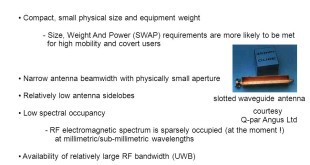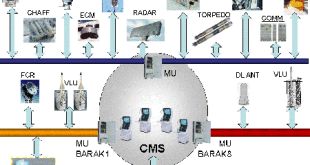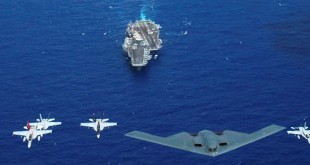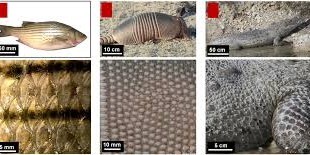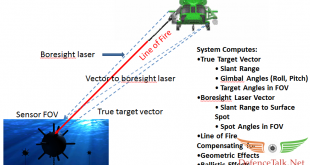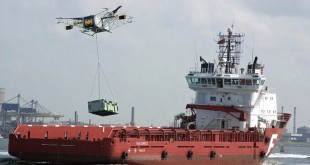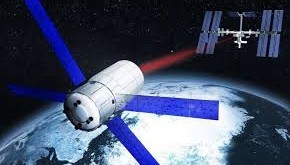Man-Portable Air Defense Systems (MANPADS) are surface-to-air missiles that can be carried and fired by a single individual or carried by several individuals and fired by more than one person acting as a crew. MANPADS were designed to be used by national military forces to protect their troops and facilities. With …
Read More »Rising employment of millimetre or EHF based radars, communications and seekers by Military creating new electronic warfare challenges
The advancement of Sensors, Communications and Radars have given rise to Electronic Warfare, which encompasses, in all battle phases, military actions involving the use of EM energy to determine, exploit, reduce or prevent hostile use of EM spectrum and the actions, which retain friendly use of the EM spectrum. The …
Read More »Naval Combat and Combat Management Systems (NCMS) being upgraded to handle new maritime security threats
Recent years have seen multiple new security challenges emerge in the maritime arena. Navies, coast guards and other maritime security agencies face a proliferation of security challenges. These include: illegal fishing of territorial waters; incursion of mineral exploitation across legal boundaries; maritime terrorism; narcotics smuggling; pollution as a result of …
Read More »Militaries developing Multidomain Command and Control (MDC2) technologies including interoperable wideband line-of-sight radio communications for land, sea and satellite links
The emerging battlefield is a multi-domain battlefield which shall include all the traditional domains of land, air and sea as well as Cyber, Space, Low Intensity conflicts, Information warfare including Psychological warfare and cognitive warfare shall be exploited by our adversaries simultaneously or in any desired combinations. Implementing multi …
Read More »US Navy biologists creating GM bacteria capable of detecting enemy ships and submarines.
US Naval Research Laboratory (Naval Research Laboratory, NRL) has allocated $ 45 million for the implementation of a program to study the prospects for the use of genetic engineering for the navy. Part of the program was the development of genetically modified microorganisms capable of detecting the presence of enemy ships, …
Read More »Researchers looking to fishes for designing biomimetic systems for flexible Armor, faster aircraft and camouflaging skin
It was in the oceans that life first evolved and where complex animals have thrived for over 600 million years. Marine animals survive in environments as diverse as tropical coral reefs, polar ice-capped oceans, and the lightless abyssal depths, says Frank E. Fish from West Chester University and Donna M. …
Read More »Countries developing Underwater LIDAR imaging systems for rapid wide-area anti-mine and anti-submarine operations
Currently, the most widely used technology to detect underwater objects is sound navigation and ranging (SONAR), because acoustic waves can penetrate the water depths to the bottom of the sea. SONAR also suffers from unwanted multipass echoes that are due to reflections from the surrounding terrain. Thus, high-resolution underwater imaging …
Read More »Shipping companies and US Navy experimenting with drones for delivering cargo autonomously
Unmanned aircraft systems (UAS), which are going through a massive development phase, are finding their purpose in the shipping industry as well. In the shipping industry, drones have typically been used for security, environmental surveillance, emergency response, search and rescue missions, as well as various vessel inspections. Now Shipping companies …
Read More »USAF requires Seamless multi-domain communications “network of networks” fabric across C2ISR enterprise for implementing multi domain operations
Developing and delivering air superiority for the highly contested environment in 2030 requires a multi-domain focus on capabilities and capacity, according to the unclassified version of the Air Superiority 2030 Flight Plan. “After 25 years of being the only great power out there, we’re returning to a world of great …
Read More »New sensor protection technologies to mitigate threat of growing laser designators and Directed Energy Weapons
In recent years, high power fiber and semiconductor laser technology has improved rapidly, with power density increasing by an order of magnitude or more. Much of this increase has been driven by demand for industrial cutting machines and high-bandwidth, long-range telecommunications. These same laser materials and devices can also be …
Read More » International Defense Security & Technology Your trusted Source for News, Research and Analysis
International Defense Security & Technology Your trusted Source for News, Research and Analysis

